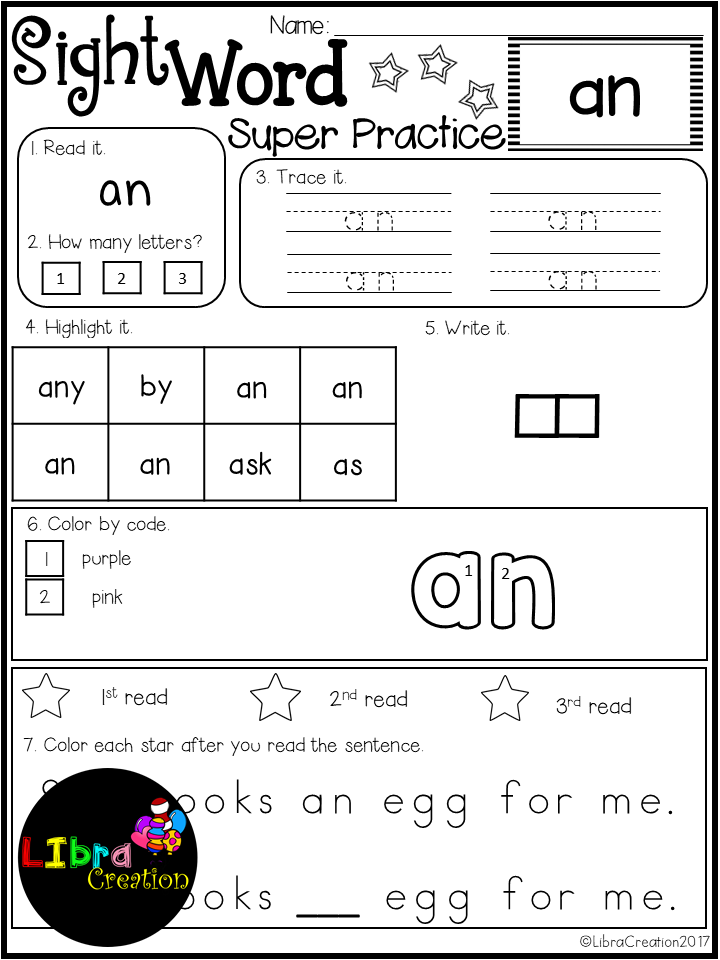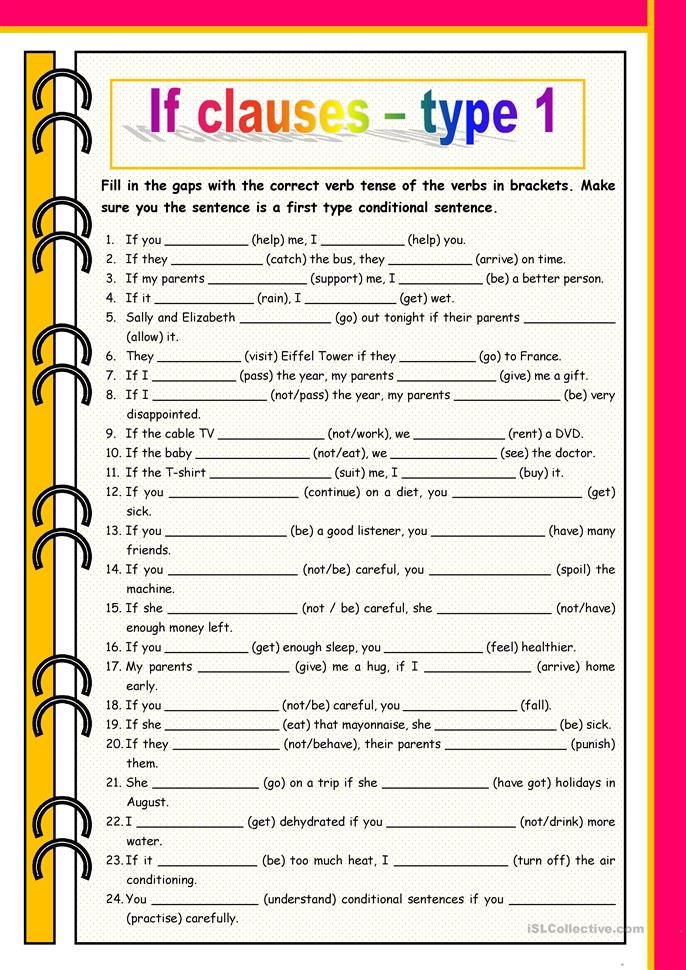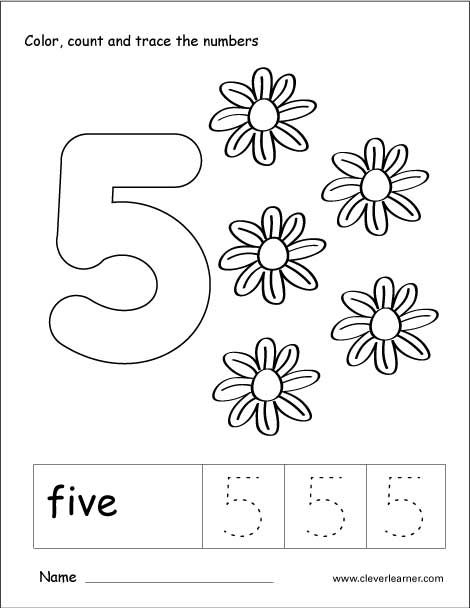M sound phonics
Letter M Phonics Activities and Printable Teaching Resources
Letter ‘m’ Worksheets (SB62)
A set of 3 worksheets linked to the Sea of Sounds, designed to aid with recognition, formation and pencil control.
Preview & Download
Advertisements
My Book about ‘m’ (SB980)
A set of sheets which can be assembled into an A5 folded booklet to give to pupils. It includes activities to aid recognition of the ‘m’ sound. Ideal as a homework resource.
Preview & Download
Initial Sounds Bingo: m (SB6823)
Printable bingo boards and picture cards where children match the pictures to the words featuring the initial sound ‘m’.
Preview & Download
Making a classroom wall display about ‘m’?
Use the following resources featuring items that begin with ‘m’ to add some fun and colour to your display board!
Editable Mouse Templates (SB9232)
Editable Microsoft Word templates featuring cartoon mice for you to add your own text to.
Preview & Download
Editable Meerkats Templates (SB6873)
A Microsoft Word template that enables you to add your own text to cartoon meerkats.
Preview & Download
Editable Monkey Templates (SB8356)
Microsoft Word templates that enable you to add text to monkey characters.
Preview & Download
Editable Motorbikes Templates (SB5934)
Microsoft Word templates that enable you to add text to coloured motorbikes.
Preview & Download
Editable Magnifying Glass Templates (SB7760)
Microsoft Word templates that enable you to add your own text to magnifying glasses.
Preview & Download
Editable Medal Templates (SB7702)
Microsoft Word templates that enable you to add text to coloured motorbikes.
Preview & Download
Editable Alien Monster Templates (SB7740)
A set of editable templates for Microsoft Word that allow you to add text to coloured alien monsters.
Preview & Download
Editable Monster Templates (SB6764)
Microsoft Word templates that enable you to add text to fun monster characters.
Preview & Download
Giant Monkey Picture for Display (SB9447)
A large printable cartoon monkey that prints over 8 landscape A4 pages. Assemble this on your classroom display for great visual impact!
Preview & Download
Giant Alien Monster Picture for Display (SB9389)
A large printable cartoon alien monster that prints over 8 landscape A4 pages. Assemble this on your classroom display for great visual impact!
Assemble this on your classroom display for great visual impact!
Preview & Download
Advertisements
Follow us:
m Words Alphabet Poster - Free & Printable
Teaching Phonics
Suggested Price $1.20
A FREE PRINTABLE phonics sound poster which focuses on auditory discrimination for the beginning sound m.
Change to What You Think or Can Afford $
Suggested Price $1.20
Change to Zero for Free$0.00
m Words - Alphabet Poster quantity
Categories: Letter Sounds, Phonics Posters Tags: alphabet letters, beginning sounds, initial sounds, phonics poster
- Description
Description
m WordsPhonics Poster – m Sound
Phonics Poster – m words
(a phonics poster for you to download and print)
Words that Start with m List
man
moon
mat
milk
mum
magnet
mask
mug
map
mouse
mushroom
monkey
- Add the m words poster to your Cart using the ‘Add to Cart’ Button.
 NB You can only get the resources 2 at a time. #longstory
NB You can only get the resources 2 at a time. #longstory - Press the very small ‘View Cart’ Button at the very top right of this page.
- Click on the ‘Proceed to Checkout’ Button
- Type in your email address to prove you are human
- Press ‘Place Order’ and then scroll down to ‘Order Details’ and click on your resource there. It will open ready to save, print, cut out and laminate.
- Students sit in pairs.
- Introduces the words starting with m poster on the website and models decoding the words.
- Model giving clues for the students to guess e.g. ‘An object in the sky _______ ‘, ‘A small animal _________’.
- Students guess the word and spell it to their partner.
- In pairs the students create clues for their partner to guess.
- Complete a running record or a student.

- If the m sound appears to be a sound the student needs knowledge on, go to https://phonics-teaching.com and find & print the m words poster.
- Explore the poster together.
- Practice the decoding the words together.
- Place the poster in a loose leaf folder to create a book or personal sounds the student needs to work on.
- Recorded Reading – students record themselves reading the word lists (phone, tablet, PC) and listen to themselves reading the words back. Ask them to identify words they need to practice and what they perceive to be the problem. How will we fix that problem?
Quote about Reading – ‘Reading is to the Mind as Exercise to the Body’
Three Looks at Room Acoustics (Part 3)
"Install Pro" #4-5 2000 (6-7)
Geometric (ray) theory
Fundamentals. Geometric (ray) theory of acoustic processes in rooms is based on the laws of geometric optics. The movement of sound waves is considered similar to the movement of light rays. In accordance with the laws of geometric optics, when reflected from mirror surfaces, the angle of reflection b is equal to the angle of incidence a, and the incident and reflected rays lie in the same plane. This is true if the dimensions of the reflecting surfaces are much larger than the wavelength, and the dimensions of the surface irregularities are much smaller than the wavelength.
Geometric (ray) theory of acoustic processes in rooms is based on the laws of geometric optics. The movement of sound waves is considered similar to the movement of light rays. In accordance with the laws of geometric optics, when reflected from mirror surfaces, the angle of reflection b is equal to the angle of incidence a, and the incident and reflected rays lie in the same plane. This is true if the dimensions of the reflecting surfaces are much larger than the wavelength, and the dimensions of the surface irregularities are much smaller than the wavelength.
The nature of the reflection depends on the shape of the reflective surface. When reflected from a flat surface (Fig. 7, a), an imaginary source I' appears, the place of which is felt by ear, just as the eye sees an imaginary light source in a mirror. Reflection from a concave surface (Fig. 7, b) leads to focusing of the rays at the point I'. Convex surfaces (columns, pilasters, large moldings, chandeliers) scatter sound (Fig. 7, c).
7, c).
|
The role of initial reflections. Important for auditory perception is the delay of reflected sound waves. The sound emitted by the source reaches an obstacle (for example, a wall) and is reflected from it. The process is repeated many times with the loss of part of the energy with each reflection. The first delayed pulses, as a rule, arrive at the listeners' seats (or at the microphone location) after reflection from the ceiling and walls of the hall (studio).
Due to the inertia of hearing, a person has the ability to preserve (integrate) auditory sensations, to combine them into a general impression if they last no more than 50 ms (more precisely, 48 ms). Therefore, a useful sound that reinforces the original sound includes all waves that reach the ear within 50 ms after the original sound.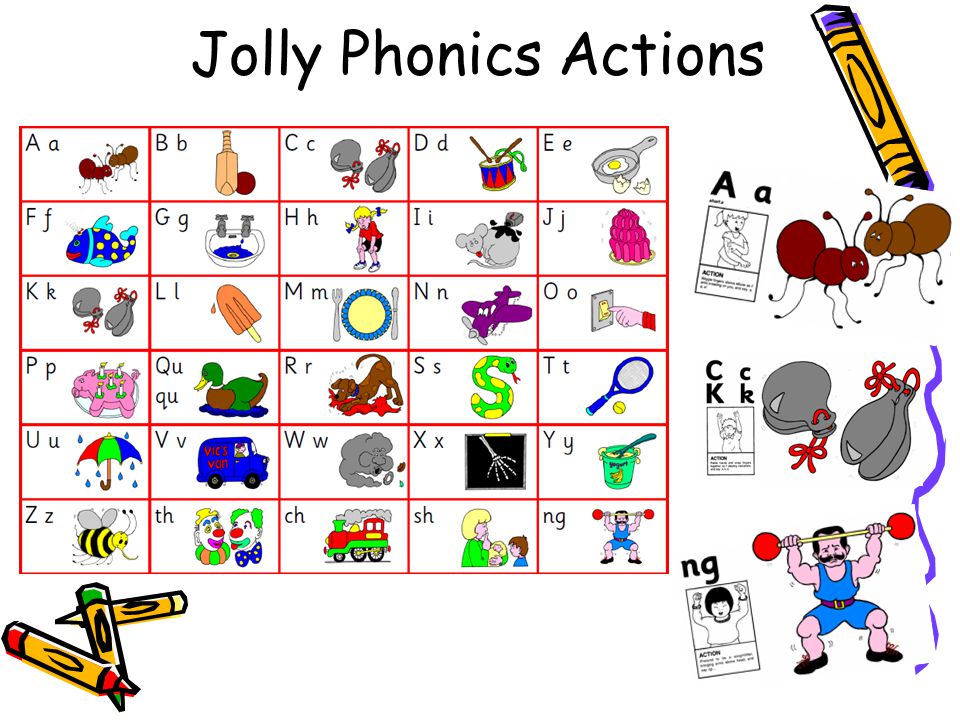 A delay of 50 ms corresponds to a path difference of 17 m. Concentrated sounds that arrive later are perceived as an echo. Reflections from obstacles that fit within the specified time interval are useful, desirable, as they increase the sensation of loudness by values up to 5 - 6 dB, improve the sound quality, giving the sound "liveness", "plasticity", "voluminous". Such are the aesthetic assessments of musicians.
A delay of 50 ms corresponds to a path difference of 17 m. Concentrated sounds that arrive later are perceived as an echo. Reflections from obstacles that fit within the specified time interval are useful, desirable, as they increase the sensation of loudness by values up to 5 - 6 dB, improve the sound quality, giving the sound "liveness", "plasticity", "voluminous". Such are the aesthetic assessments of musicians.
Studies of the initial reflections by the method of acoustic modeling were carried out at the Scientific Research Film and Photo Institute (NIKFI) under the direction of AI Kacherovich. The influence on the sound quality of speech and music of shape, volume, linear dimensions, placement of sound-absorbing materials was studied. Interesting results have been obtained.
An essential role is played by the direction of arrival of initial reflections. If the delayed signals, i.e. Since all early reflections arrive at the listener from the same direction as the direct signal, the ear almost does not distinguish the difference in sound quality compared to the sound of only direct sound.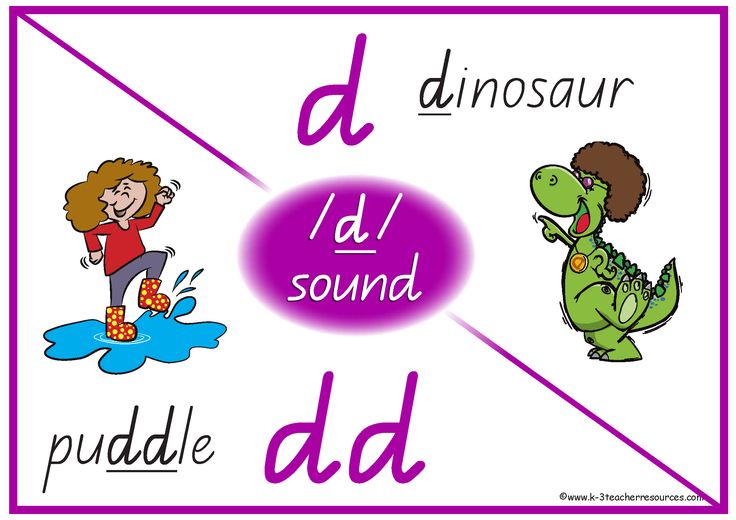 There is an impression of a "flat" sound, devoid of volume. Meanwhile, even the arrival of only three delayed signals in different directions, despite the absence of a reverberation process, creates the effect of spatial sound. The quality of the sound depends on which directions and in what sequence the delayed sounds come. If the first reflection comes from the front side, the sound deteriorates, and if from the rear side, it deteriorates sharply.
There is an impression of a "flat" sound, devoid of volume. Meanwhile, even the arrival of only three delayed signals in different directions, despite the absence of a reverberation process, creates the effect of spatial sound. The quality of the sound depends on which directions and in what sequence the delayed sounds come. If the first reflection comes from the front side, the sound deteriorates, and if from the rear side, it deteriorates sharply.
The delay time of the initial reflections relative to the moment of arrival of the direct sound and relative to each other is quite significant. The duration of the delay must be different for the best sounding of speech and music. Good speech intelligibility is achieved if the first delayed signal arrives no later than 10 - 15 ms after the direct one, and all three should occupy a time interval of 25 - 35 ms. When playing music, the best sense of spatiality and "transparency" is achieved if the first reflection arrives at the listener no earlier than 20 ms and no later than 30 ms after the direct signal. All three delayed signals should be located in the time interval of 45 - 70 ms. The best spatial effect is achieved if the levels of the delayed initial signals differ slightly from each other and from the level of the direct signal.
All three delayed signals should be located in the time interval of 45 - 70 ms. The best spatial effect is achieved if the levels of the delayed initial signals differ slightly from each other and from the level of the direct signal.
When connected to the structure of the initial reflections (first, second, third) of the rest of the echo, the most favorable sound is obtained when the second part of the process begins after all discrete reflections. Connecting the process of reverberation (response) immediately after the direct signal degrades the sound quality.
By ensuring the optimal structure of the initial (early) reflections, the sound of music remains good even with a significant (by 10 - 15%) deviation of the reverberation time from the recommended one. Achieving the optimal delay of the reflected signals in relation to the direct sound puts forward a requirement for the minimum volume of the room, which is not recommended to be violated.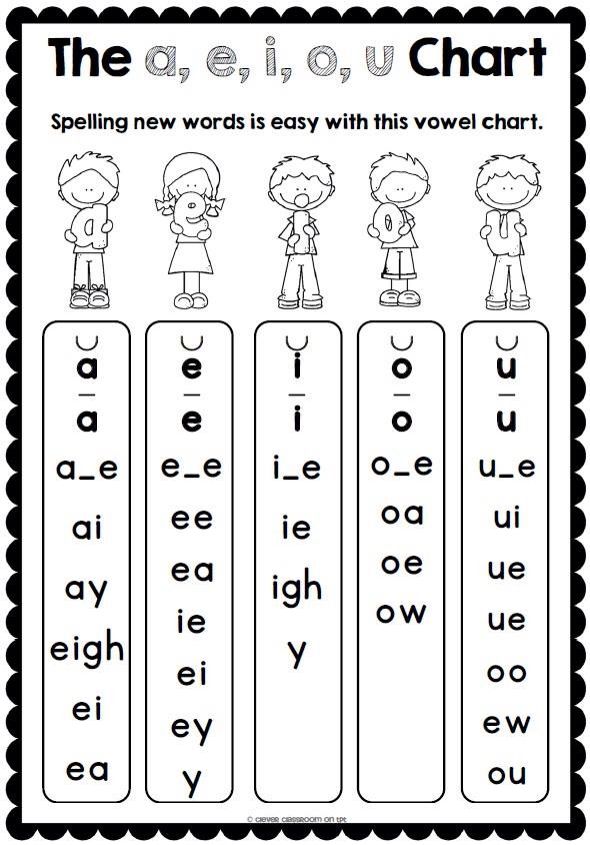 Meanwhile, when designing a room, its dimensions are chosen based on a given capacity, i.e. solve the problem purely economically, which is wrong. Even in a small concert hall, the optimal structure of early reflections can only be obtained with a given height and width of the hall in front of the stage, less than which it is impossible to descend. It is known, for example, that the sound of a symphony orchestra in a hall with a low ceiling is significantly worse than in a hall with a high ceiling.
Meanwhile, when designing a room, its dimensions are chosen based on a given capacity, i.e. solve the problem purely economically, which is wrong. Even in a small concert hall, the optimal structure of early reflections can only be obtained with a given height and width of the hall in front of the stage, less than which it is impossible to descend. It is known, for example, that the sound of a symphony orchestra in a hall with a low ceiling is significantly worse than in a hall with a high ceiling.
The results obtained made it possible to develop recommendations regarding the delay time and the size of the hall. It was taken into account that the first delayed signal, as a rule, comes from the ceiling, the second - from the side walls, the third - from the back wall of the hall. Different requirements for the delay time of the initial reflections are explained by the peculiarities of speech and musical sounds and the difference in the acoustic problems being solved.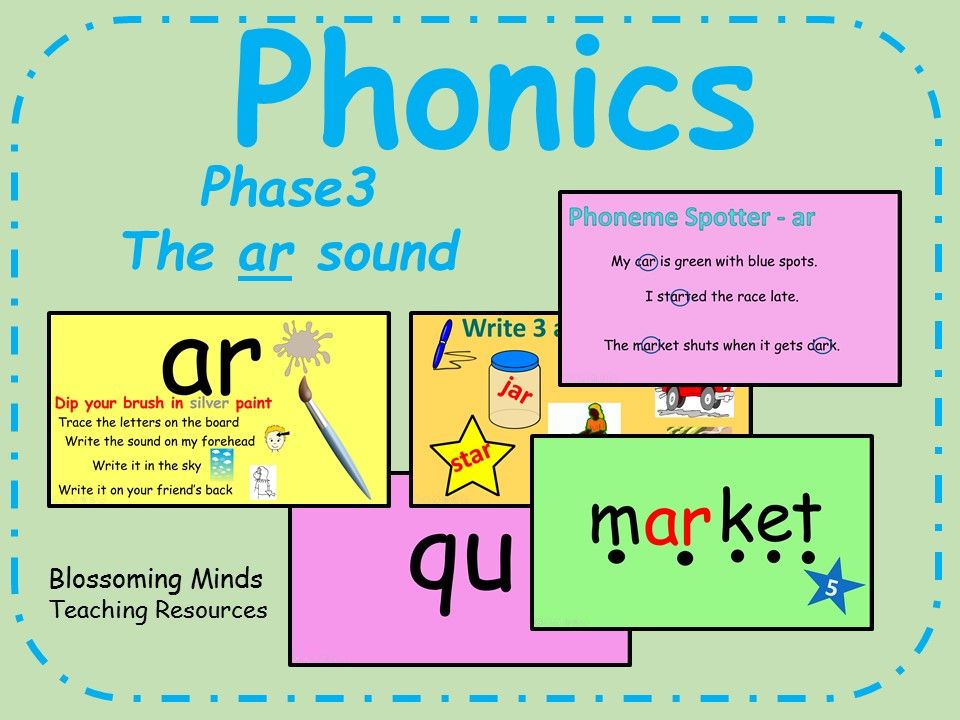
| Sound type | Dt 1 , ms | Dt 2 ms | Dt 3 ms |
| Speech | 10-15 | 15-22 | 25-45 |
| Music | 20-30 | 35-50 | 50-70 |
The height and width of the hall can be increased to some extent only at a distance from the portal of the stage (stand) that exceeds approximately 1/4 - 1/3 of the total length of the hall: height up to 10.5 m, width up to 30 m. Length halls are chosen taking into account the need to receive sufficient energy of direct sound at the most remote listening places. Based on this circumstance, it is recommended to choose the length of the hall on the parterre no more than 40 m, and on the balcony - 46 m. In order to achieve good speech intelligibility, the delays should be relatively small. When sounding music, it is necessary to emphasize the melodic beginning; to ensure the unity of sounds, a greater delay time of the initial reflections is necessary. From this follow the recommended dimensions of concert halls: height and width not less than 9and 18.5 m, respectively, and no more (near the portal) 9 and 25 m.
From this follow the recommended dimensions of concert halls: height and width not less than 9and 18.5 m, respectively, and no more (near the portal) 9 and 25 m.
The table provides information about the geometry of some halls, the acoustic qualities of which are considered good (n - the capacity of the hall, l p - the greatest distance of the listener from the stage in the stalls, l b - the same on the balcony, D t 1 - delay time of the first reflection).
|
Thus, the minimum dimensions of a room for playing music (height and width) are not related to its capacity, but are determined by the necessary structure of the initial reflections. Even if the room is intended for the performance of music in the absence of listeners (sound recording studio, sound broadcasting studio, music recording studio, film studio listening room), its size should be determined only by the sound quality of the music. "Save" on these sizes - significantly degrade the sound quality.
"Save" on these sizes - significantly degrade the sound quality.
Historical examples. From the religious and spectacular buildings that have survived to our times, it can be seen that the basic provisions of the ray theory were known to the ancient builders and that these provisions were strictly observed. The sizes of Greek and Roman open-air theaters were chosen to make the most use of the energy of reflected waves.
| Fig. 8 |
Theaters (Fig. 8) contained three main parts:
- stage (shena) 3.5 - 4 m deep in Greece and 6 - 8 m deep in Rome, on which a theatrical action was played;
- a platform in front of the stage - an orchestra (orhestra literally "place of dancing"), on which the choir was located and dancers performed;
- spectator seats rising in steps around the orchestra, forming the so-called amphitheater (from the Greek words amphi - "on both sides", "around" and theatron - "place of spectacles").

The sounds from the performers reached the audience, located on the amphitheater, in a direct way 1, as well as after reflections from the surface of the orchestra (beam 2) and wall 3, located behind the stage (Fig. 9,a). The plane of the orchestra was covered with a highly reflective material. As Vitruvius pointed out, the height of wall 3 should be chosen equal to the height of parapet 4, which encloses the upper row of the amphitheater, "to improve acoustics." Apparently, it was a question of preventing excessive scattering of sound energy in space. The depth of the stage in Greek theaters was made small so that the beams 5 reflected from the back wall would not be too late in relation to the direct beam 1 and would not impair the intelligibility of the actors' speech. Part of the sound energy, reflected from walls 3 and 4, went up. In modern indoor theater halls, this energy is reflected down the ceiling and increases the intensity of the sound in the audience seats. Dances took place in the orchestra and a choir was located, repeating the actors' replicas, i.e. performing the task of sound amplification. When the choir is located at point 1, sound rays, reflected from wall 3 (Fig. 9,b) arrive at the viewer with a large delay in time, causing an echo. To reduce this shortcoming in Roman theaters, the choir began to be located closer to the stage, at point 2. Then, to direct energy towards the audience, they began to use reflections from the stage (its height in Roman theaters reached 3.5 m), and the dancers occupied the vacated part of the orchestra. In modern theaters, musicians are in front of the stage, and the name of the site they occupy has passed to them.
Dances took place in the orchestra and a choir was located, repeating the actors' replicas, i.e. performing the task of sound amplification. When the choir is located at point 1, sound rays, reflected from wall 3 (Fig. 9,b) arrive at the viewer with a large delay in time, causing an echo. To reduce this shortcoming in Roman theaters, the choir began to be located closer to the stage, at point 2. Then, to direct energy towards the audience, they began to use reflections from the stage (its height in Roman theaters reached 3.5 m), and the dancers occupied the vacated part of the orchestra. In modern theaters, musicians are in front of the stage, and the name of the site they occupy has passed to them.
|
A special role in amplifying and enriching the sound was played by the so-called "harmonics" - systems of resonators in the form of bronze cylindrical vessels and clay amphorae jugs. They were located in niches in the wall behind the seats and under the benches. The Greeks believed that for the euphony of speech and music, resonators should be selected or tuned according to the tones of musical scales: enharmonic, chromatic and diatonic.
They were located in niches in the wall behind the seats and under the benches. The Greeks believed that for the euphony of speech and music, resonators should be selected or tuned according to the tones of musical scales: enharmonic, chromatic and diatonic.
- The first system, according to their creators, gave the sounds solemnity and severity;
- The second, thanks to the "crowding" notes, is refinement, tenderness to the sound;
- The third - due to the consonance of the intervals - the naturalness of the musical performance.
Obviously, during the construction of theaters, ancient architects sought and found technical ways to convey to viewers and listeners not only semantic (semantic), but also artistic (aesthetic) information, and sought to enrich the musical sound.
Theatrical and concert halls of the 18th and 19th centuries were distinguished by their rational form and wisely chosen sizes. A number of acoustically good theater and concert halls were built in various countries in the 20th century.
A number of acoustically good theater and concert halls were built in various countries in the 20th century.
| Fig. 10 |
Bad decisions. It would seem that the experience accumulated over the millennia should be used by modern architects and builders. Meanwhile, examples of unsatisfactory acoustic solutions are multiplying, for example, the construction of halls with a round or elliptical shape (Coliseum cinema in St. Petersburg, Tchaikovsky concert hall in Moscow, etc.). They form zones of focusing of the reflected rays and zones into which the reflected rays either do not fall or fall with a large time delay. In a hall that is round in plan (Fig. 10), beam 1, tangent to the wall, remains in the zone close to the wall during subsequent reflections. Beams 2, propagating approximately in a diametrical direction, form, after reflection, a virtual image of the source H', in which the sound intensity, as in the annular zone near the wall, is increased. Halls with a flat ceiling and a low stage portal are unsatisfactory (Fig. 11, a). The ABC zone turns out to be a kind of trap for a significant part of the energy emitted by the sound source. Only the DE zone gives useful reflections, but they only fall into the remote part of the EU hall. It is preferable to design with a diffuse ceiling (Fig. 11, b), an acoustic shell and a visor (Fig. 11, c).
Halls with a flat ceiling and a low stage portal are unsatisfactory (Fig. 11, a). The ABC zone turns out to be a kind of trap for a significant part of the energy emitted by the sound source. Only the DE zone gives useful reflections, but they only fall into the remote part of the EU hall. It is preferable to design with a diffuse ceiling (Fig. 11, b), an acoustic shell and a visor (Fig. 11, c).
| Fig. 11 |
Acoustically unsatisfactory was the famous Albert Hall in London, 56 m wide and 39 m high. for 200 ms. The center of curvature of the concave ceiling was in the area occupied by the listeners, which generated a strong echo.
An example of an unsuccessful acoustic solution is the Great Hall of the Central Theater of the Russian Army (TsTRA). The main disadvantages of the hall are: a large width, equal to 42 m in the middle of the hall, and an excessively high ceiling - at the portal 18 m above the stage tablet (Fig. 12). Reflections from the side walls do not arrive in the central part of the hall, and the first reflections from the ceiling arrive in the middle of the stalls with a delay of more than 35 ms. As a result, speech intelligibility in the stalls is low, despite the closeness of the actors to the audience. The shape of the back wall of the hall and the parapet of the balcony is part of a circle, the center of which is located on the proscenium at point O. The sounds reflected from the back wall and the parapet of the balcony return to the same point and are heard as a strong echo, because the delay exceeds 50 ms. When the actor moves to the point And, the conjugate foci I' and And" are shifted to the stalls. As a result, the echo appears in the first rows of the stalls.
12). Reflections from the side walls do not arrive in the central part of the hall, and the first reflections from the ceiling arrive in the middle of the stalls with a delay of more than 35 ms. As a result, speech intelligibility in the stalls is low, despite the closeness of the actors to the audience. The shape of the back wall of the hall and the parapet of the balcony is part of a circle, the center of which is located on the proscenium at point O. The sounds reflected from the back wall and the parapet of the balcony return to the same point and are heard as a strong echo, because the delay exceeds 50 ms. When the actor moves to the point And, the conjugate foci I' and And" are shifted to the stalls. As a result, the echo appears in the first rows of the stalls.
Once upon a time, the MTUCI assembly hall was distinguished by good acoustics, where even symphony concerts were held, broadcast on the radio. Acoustic conditions deteriorated significantly after the refurbishment of the hall.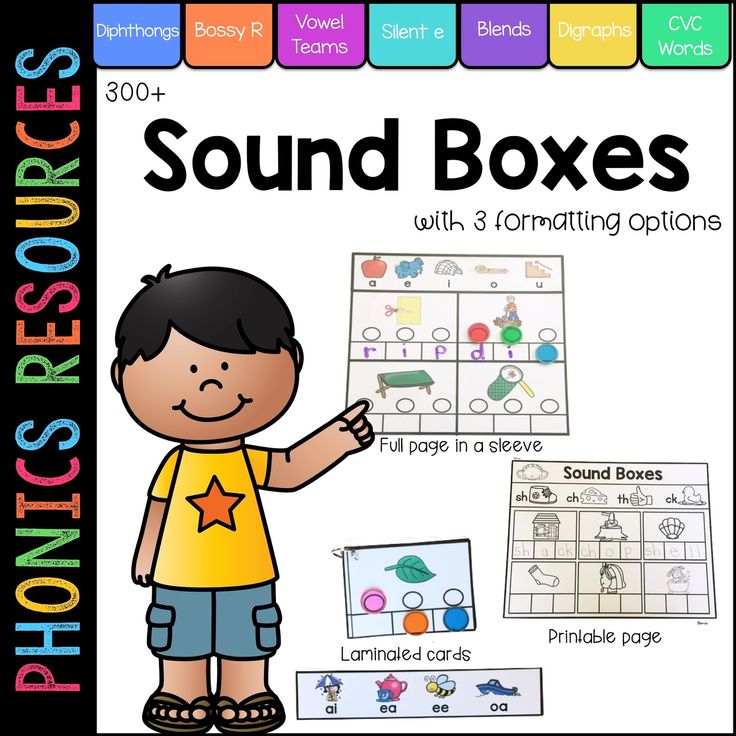 The design of the balcony railing was changed, in the depth of which a reflective shield was placed. Strong reflections from the parapet and shield worsened the sound in the stalls. Due to the large delays, speech intelligibility has decreased.
The design of the balcony railing was changed, in the depth of which a reflective shield was placed. Strong reflections from the parapet and shield worsened the sound in the stalls. Due to the large delays, speech intelligibility has decreased.
An example of an unsuccessful acoustic solution is the Central Concert Hall of the Rossiya Hotel in Moscow. The square shape of the hall led to a depletion of the natural frequency spectrum, the low ceiling creates a small delay in the first reflections, and the large width of the hall leads to the fact that reflections from the walls do not fall into the first half of the stalls. Three times they tried to improve the sound by replacing sound-absorbing materials and placing them in the hall. However, it was not possible to compensate for the deliberately unsuccessful initial form of the hall.
Fig. 12 12 |
Even in rooms with correctly chosen shape and linear dimensions, the proportions of which approach the "golden section", sound flaws are found, the elimination of which takes a lot of time, effort and money. Sound and television broadcasting studios need careful preparation for normal operation. An example is the set of works on the preparation of studio N5 of the State House of Radio Broadcasting and Sound Recording (GDRZ). The studio is intended for the performance of works of large forms with the participation of a symphony orchestra and choir in the presence of listeners. Its linear dimensions (29.8 x 20.5 x 14 m) almost correspond to the "golden section", the estimated reverberation time at medium frequencies is 2.3 s. Due to the large height and width, the arrival time of the initial reflections is not optimal. To reduce the length of the paths of the reflected rays, reflective panels were fixed above the location of the orchestra and on the side walls. It took several times to change the position of the panels and reduce the area of sound-absorbing structures before the musicians and sound engineers recognized the sound quality as good. This example shows how subtle and meticulous the acoustical setting of the rooms is.
It took several times to change the position of the panels and reduce the area of sound-absorbing structures before the musicians and sound engineers recognized the sound quality as good. This example shows how subtle and meticulous the acoustical setting of the rooms is.
There are halls designed for a small number of listeners, respectively, a small area and low. Their authors, apparently, believed that with the small size of the hall, "everything will be heard well." In reality, in such halls, a dense structure of initial reflections is formed at the listening positions. Because of this, with a short reverberation time, the sound turns out to be "flat", similar to the sound in the open air, and with a long reverberation time, the "transparency" of the sound is lost, and the masking of subsequent musical sounds by the previous ones begins.
Also unsatisfactory for the most part are the so-called assembly halls. They are intended for meetings, i. e. to sound speech. Low ceiling, smooth parallel walls, devoid of acoustic finishes give rise to suboptimal initial reflections. Attempts to hold concerts in them do not bring success. Music sounds bad. Worst of all, concerts in such halls spoil the audience. The acoustics of the so-called "concert-sports" halls are below any criticism.
e. to sound speech. Low ceiling, smooth parallel walls, devoid of acoustic finishes give rise to suboptimal initial reflections. Attempts to hold concerts in them do not bring success. Music sounds bad. Worst of all, concerts in such halls spoil the audience. The acoustics of the so-called "concert-sports" halls are below any criticism.
In our country, the "struggle against architectural excesses" has brought great damage to the quality of theater and concert halls. All sound-scattering and sound-absorbing structures and even upholstered seats, designed to serve as the equivalent of absent spectators, were declared "excesses". As a result, the listening positions have a poor structure of initial reflections, low diffuseness, and with partial filling - excessive "boom".
The best halls. The Column Hall of the House of the Unions, the Great and Small Halls of the Moscow Conservatory, the Great Hall of the St. Petersburg Philharmonic and some other halls of the old building remain unsurpassed in sound quality.
The auditoriums of the Children's Musical Theatre, the Theater im. Evg. Vakhtangov, Moscow Drama Theatre. A.S. Pushkin, the ZiL Palace of Culture, the studios of the State Recording House, the sound recording studio and the Mosfilm listening room. During their design and construction, the provisions and recommendations of domestic and foreign acousticians were taken into account.
In these halls, the requirements of geometric acoustics are met: the shape and dimensions are rationally chosen, which ensures a high degree of field diffuseness and optimization of the delay times of initial reflections. In each specific case, their architectural and planning solutions are chosen. The halls of relatively small width are given the shape of a rectangular parallelepiped. Such are the Great and Small Halls of the Moscow Conservatory, the Great Hall of the Moscow House of Scientists. With a small width, the number of reflections arriving at the listener's seats increases rapidly with time and in the final part of the reverberation process is so large that it provides good diffuseness of the field. In the halls of large width (Columned Hall of the House of the Unions, the Great Hall of the St. Petersburg Philharmonic), sound-diffusing structures were introduced in the form of a row of columns. In modern large-capacity halls, good sound dispersion is achieved by dividing walls and ceilings and installing large scattering surfaces on the walls.
In the halls of large width (Columned Hall of the House of the Unions, the Great Hall of the St. Petersburg Philharmonic), sound-diffusing structures were introduced in the form of a row of columns. In modern large-capacity halls, good sound dispersion is achieved by dividing walls and ceilings and installing large scattering surfaces on the walls.
The material with which the walls and ceiling are finished is important. Wood is the best. The sound of music in the halls decorated with wood is distinguished by a beautiful timbre coloring. On the contrary, reinforced concrete structures, especially thin ones, and plaster on a chain-link mesh are completely contraindicated. Sounds reflected from these surfaces have an unpleasant "metallic" tint.
Conclusion
Three considered theories from different sides explain the acoustic processes occurring in the premises. Of these, only one - statistical - allows you to determine a numerically important value that characterizes the acoustic properties of the room - the reverberation time. One should only consciously, critically treat the resulting numerical assessment, understand that in most cases, especially when considering large premises, it is indicative.
One should only consciously, critically treat the resulting numerical assessment, understand that in most cases, especially when considering large premises, it is indicative.
According to modern views, it is customary to divide the process of echo, reverberation into two parts: initial, relatively rare delayed pulses, and a sequence of pulses that is more compacted in time. The first part of the echo is evaluated from the standpoint of geometric (ray) theory, the second - from the standpoint of statistical theory.
Geometric theory is more applicable to the analysis of acoustic processes in large rooms - concert and theater halls, large studios. The optimal dimensions of the hall (studio) are determined based on the analysis of the initial reflections. When designing large rooms, the calculation of the reverberation time can give a result that differs significantly from the real one, and most importantly, this value does not allow you to fully evaluate the acoustic quality of the room.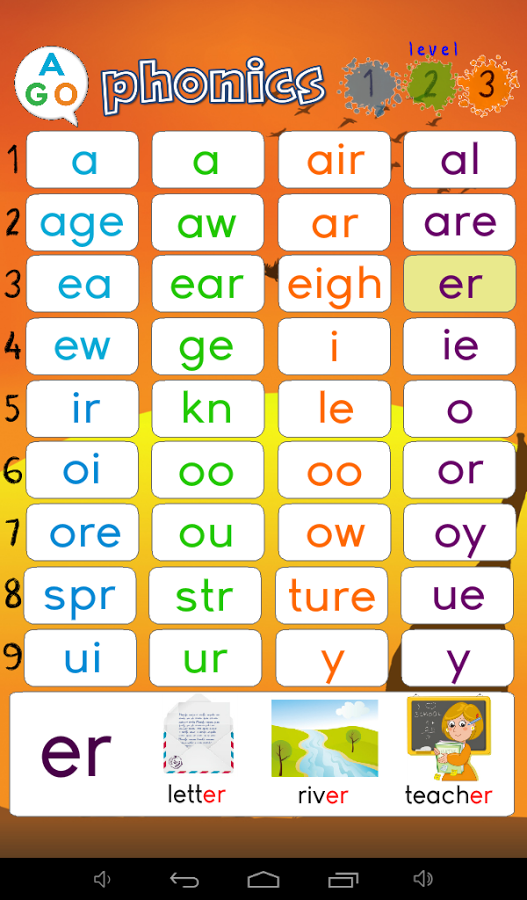 In such an estimate, the initial reflections play the main role. The correct timing of the initial reflections ensures high sound quality even when the reverb time is not optimal.
In such an estimate, the initial reflections play the main role. The correct timing of the initial reflections ensures high sound quality even when the reverb time is not optimal.
Statistical and wave theories are especially applicable to relatively small rooms, such as sound broadcasting studios and auditoriums for various purposes. The results of these theories seem to complement each other. The first makes it possible to estimate the reverberation time, the second - to calculate the spectrum of natural (resonant) frequencies, adjust the dimensions of the room so that the spectrum of natural frequencies in the low frequency region is more uniform.
It would be very interesting and important to combine the provisions of acoustic theories, to create a unified theory that explains from a general position the complex acoustic processes that occur in rooms of different purposes, different shapes and sizes. But until this is achieved, it remains to consciously use existing theories and achieve the best solutions with their help.
We recommend that you refer to the sources listed in the list of references, where you can find a lot of interesting and useful things for yourself.
Literature
- Acoustics: Handbook / ed. M.A. Sapozhkov. - M.: Radio and communication, 1989.
- Brekhovskikh L.M. Propagation of waves in layered media. - M.-L.: Ed. AN SSSR, 1958.
- Dreizen I.G. Electroacoustics course, part 1. - M .: Svyazradioizdat, 1938.
- Dreizen I.G. Electroacoustics and sound broadcasting. - M.: Svyazizdat, 1951.
- Emelyanov E.D. Sound systems for theaters and concert halls. - M.: Art, 1989.
- Kontury L. Acoustics in construction. - M.: Stroyizdat, I960.
- Makrinenko L.I. Acoustics of public premises. - M.: Stroyizdat, 1986.
- Morse F. Vibrations and sound. - M.-L.: Gostekhizdat, 1949.
- Sapozhkov M.A. Soundproofing of premises. - M.: Communication, 1979.
- Skuchik E.
 Fundamentals of acoustics. - M.: Ed. foreign lit., 1959.
Fundamentals of acoustics. - M.: Ed. foreign lit., 1959. - Strutt JW (Lord Rayleigh). Theory of sound. - M.: GITTL, 1955.
- Furduev V.V. Electroacoustics. - M.-L.: OGIZ-GITTL. 1948.
- Furduev V.V. Acoustic fundamentals of broadcasting. - M.: Svyazizdat, 1960.
- Furduev V.V. Modeling in architectural acoustics // Technique of cinema and television, 1966. N 10.
A. P. Efimov, Professor MTUCI
Top 10 loudspeaker manufacturers
Buying speakers from a reputable manufacturer means turning up the volume of your TV or PC's built-in speakers to hear every sound, and not be annoyed by wheezing instead of bass or squeaky highs. Ease of management and connection will not be superfluous either. But manufacturers that produce acoustic systems, now - at least heaps! Which one is better? This article will help you find out.
The rating includes the top 10 companies that create acoustics.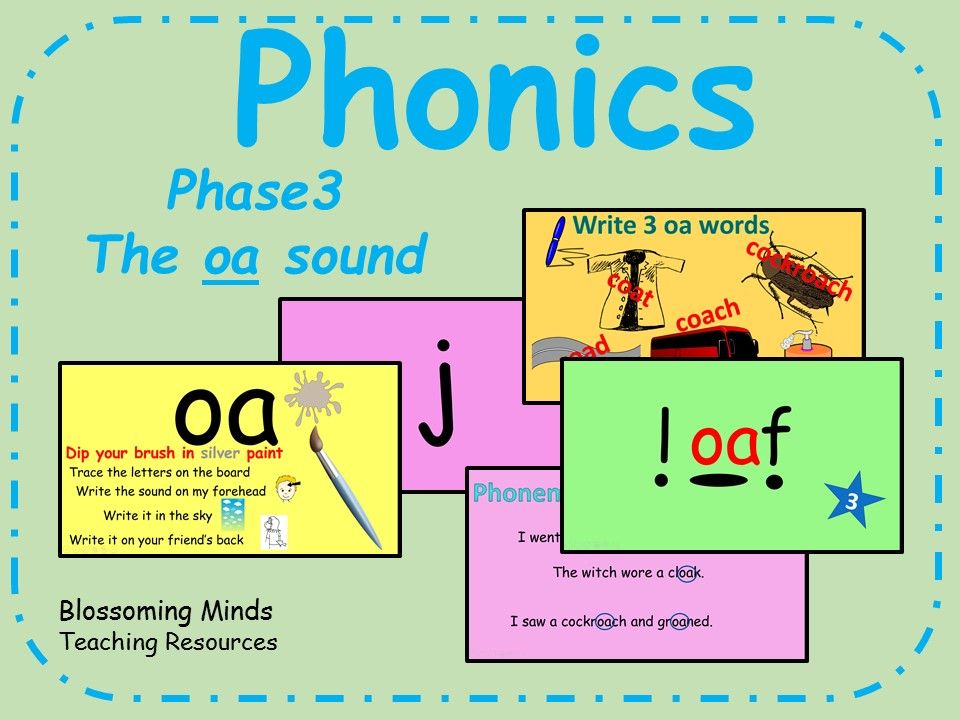 Each manufacturer creates speakers that sound great and look good. The key features of each company's speakers, as well as the examples given in this overview, will help you find your preferred options.
Each manufacturer creates speakers that sound great and look good. The key features of each company's speakers, as well as the examples given in this overview, will help you find your preferred options.
Edifier
Since the establishment of the company (1996), it has become a popular manufacturer not only in the domestic market (in China), but throughout the world. Edifier - excellent acoustics for every taste: at least for the house, even for the car; even stereos, even home theaters. This company got into the rating of the best thanks to high-quality sound and original design solutions.
What you like:
- Some 2.0 type systems can attract not only price, but also great sound. For example, the R2700 speakers, enclosed in an MDF cabinet, deliver 128 watts of power. They may well play the role of entry-level studio monitors.
- The manufacturer makes excellent 5.1 acoustics, which simply cannot leave moviegoers indifferent.
 The systems consist of powerful speakers in wooden cases. For example, the S760 has 540 watts of power, of which the subwoofer accounts for almost half. Such a set will not only allow you to completely immerse yourself in the plot of the film, but also help to arrange a party - the sound will definitely please you: you can feel the bottom with your skin.
The systems consist of powerful speakers in wooden cases. For example, the S760 has 540 watts of power, of which the subwoofer accounts for almost half. Such a set will not only allow you to completely immerse yourself in the plot of the film, but also help to arrange a party - the sound will definitely please you: you can feel the bottom with your skin. - Of course, the company also creates universal solutions that perfectly complement a PC or laptop, as well as any other gadgets thanks to the built-in bluetooth module. For example, a compact stationary S360DB with two satellites and a subwoofer does not have to be placed near the computer: it connects wirelessly. A power of 150 watts is more than enough.
F&D
Founded in 1993, the company is now one of the top five loudspeaker manufacturers. It supplies the market with both fixed-type active acoustics and portable multimedia kits. The company, which has its own equipment for the production of emitters, casting of body elements and assembly of electronic components, has 18 assembly lines.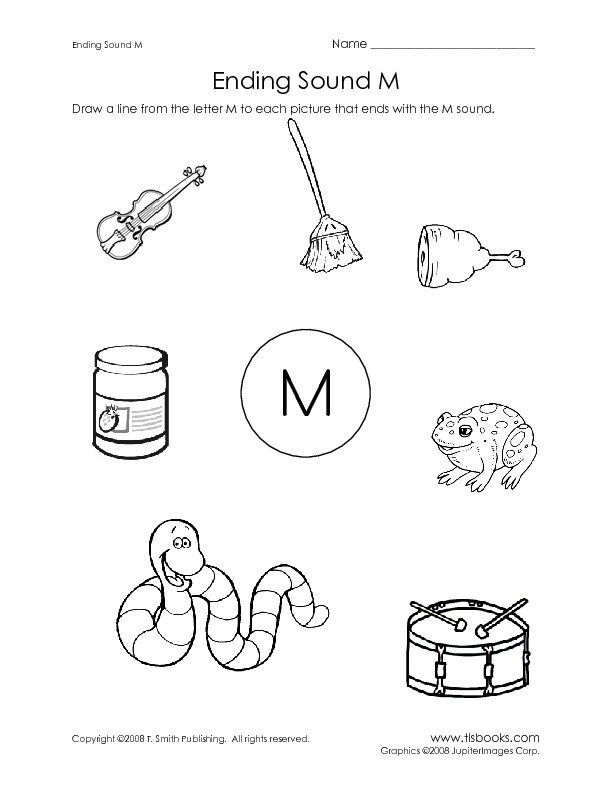 In addition, she has her own laboratory, where manufactured speakers are tested. This enables users to enjoy the fruits of strict quality standards.
In addition, she has her own laboratory, where manufactured speakers are tested. This enables users to enjoy the fruits of strict quality standards.
Why F&D made it to the top - 3 reasons:
- Versatility: most models' cases are made of MDF. Yes, many brands can boast of this. However, it's nice that the manufacturer follows the rules of good taste. Devices can be connected via Bluetooth, and they can play music not only from media, but also from radio stations. All this is possible, for example, the 70-watt T-200X system with a powerful 35-watt subwoofer.
- In addition to Bluetooth, some speakers (such as the T-30X) have a built-in USB flash drive slot.
- The company also creates portable wireless acoustics. These speakers are perfect for outdoor gatherings. Models are equipped with capacious batteries, so they are able to please owners for a long time. For example, a four-watt W12 will be able to play a track list for 12 hours without stopping.

Topic article: TOP 6 best JBL portable speakers - JBL portable speaker rating
Microlab
Founded in 1988, the company specializes in computer speaker systems. However, the company regularly expands its product range, replenishing it not only with compact options for laptops, but also with serious 5.1 format speakers that will help recreate surround sound like in a movie theater.
Genius
One of the main advantages of the company is that it never stops developing, improving every year the speakers it releases. The best features of most options are high-quality cases, excellent sound and low cost compared to products from other brands.
Interesting : Genius was founded in 1985. Under the brand, not only acoustic systems are produced, but also peripheral devices for computers: keyboards, mice, etc.
Why the manufacturer entered the top 10:
- The company makes budget options for TVs, PCs and laptops.
 A bright representative is the 32-watt SW-HF1205. Despite the cost, the speakers sound good: due to the fact that the main body elements are made of wood, the sound is almost not distorted.
A bright representative is the 32-watt SW-HF1205. Despite the cost, the speakers sound good: due to the fact that the main body elements are made of wood, the sound is almost not distorted. - Branded speakers are also portable. They are light in weight and connect to sound carriers via bluetooth. Such columns will please with autonomy. For example, the Mobile Theater MT-20 with three speakers delivering 15W can play a playlist for 10 hours straight. And she also has a slot for a memory card: if a smartphone or tablet runs out of battery, this will not deprive the owner of the column of fun, because the flash drive from the gadget can be rearranged into the column.
- There are also compact versions that are ideal for small spaces. The inexpensive SP-U115 is just that. She has an interesting design and a small power of three watts. However, the sound quality is still an order of magnitude higher than that of most speakers integrated into a TV or laptop.
See also: WWDC 2017: HomePod - you can listen to music and chat with Siri
JBL
This company is the undisputed leader in the market for manufacturers of acoustic systems.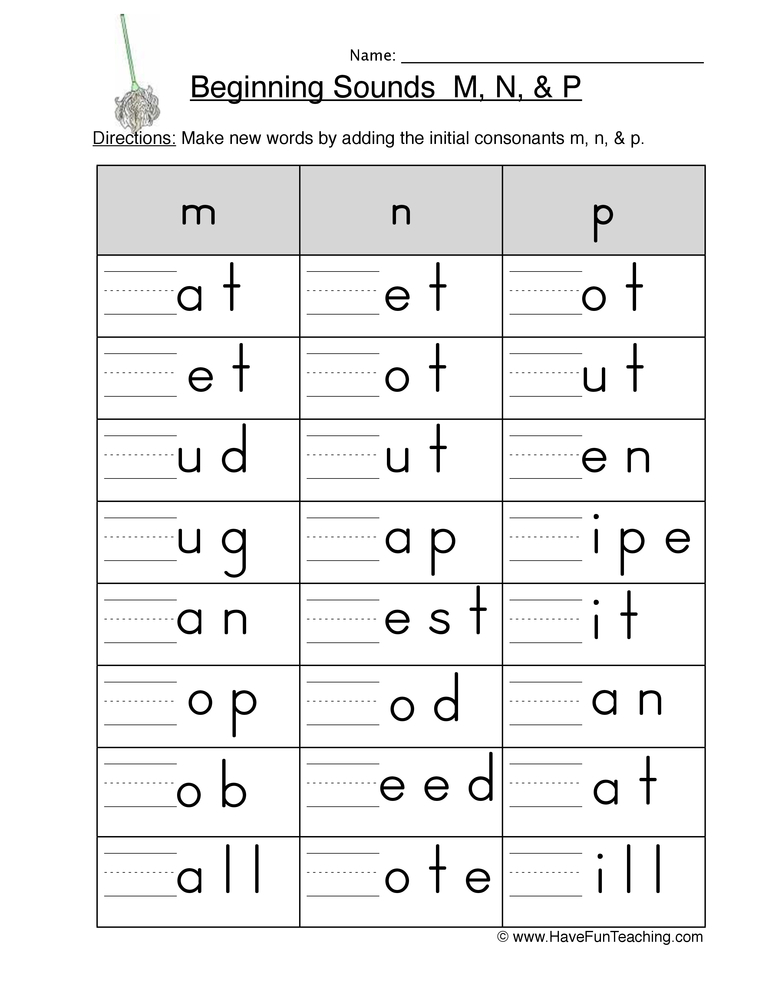 Its name has long been synonymous with the reference sound. Of course, operating since 1946, the company managed to become popular. It produces a variety of models: from mono-variants of a portable type, to powerful floor sets. Whichever option is chosen, it will please its owner.
Its name has long been synonymous with the reference sound. Of course, operating since 1946, the company managed to become popular. It produces a variety of models: from mono-variants of a portable type, to powerful floor sets. Whichever option is chosen, it will please its owner.
About JBL speakers
Among the variety of models, everyone can find the best option. The company's product range includes both 5.1 systems and classic stereo acoustics, which can be used both for everyday listening to music and for solving professional problems. Studio 230 is an example. On such speakers you can listen to music and sound the movie. And they can also be used as studio monitors for pre-mixing a track. These "shelf speakers" will delight you with their power and detail. For all this, it is worth thanking the HDI high-resolution dome horn tweeter, high-quality midrange and bass drivers, as well as a phase inverter. All construction details are securely hidden in the tree. There can be no talk of frequency distortion in this case.
There can be no talk of frequency distortion in this case.
The company also has something to offer to outdoor enthusiasts. One of the brightest representatives of wireless acoustic devices was Boombox - a monoblock system. Yes, this “monster” weighs as much as five kilos, but it has 4 speakers, which together give out 60 watts. And this bluetooth model can play tracks around the clock and is not at all afraid of water.
JBL also takes into account the needs of movie lovers and especially fastidious music lovers. One of the brightest examples confirming this fact is STUDIO 190/180 PACK. Everything is collected in the 5.1 set: from powerful corporate sound to "cosmic" modern design. 530 W of total power is hidden in the MDF case, and this is more than enough even for an impressive area. Having a private house, with such a system it is quite possible to arrange your own "Ibiza" in the yard.
Logitech
Since 1981, this Swiss company has been working on creating cool acoustic systems. Looking for affordable quality PC or laptop speakers that last? Logitech is the right choice. Stereo systems, 2.1 sets and full-fledged home theaters - the company always has something to offer. With a wide price range, the sound quality is equally high.
Looking for affordable quality PC or laptop speakers that last? Logitech is the right choice. Stereo systems, 2.1 sets and full-fledged home theaters - the company always has something to offer. With a wide price range, the sound quality is equally high.
Why the company is on the list of the best
The company produces models for different purposes. Bass lovers, gamers and cinephiles don't have to buy the five-channel option if they want to save money. A simple model with decent power will do. For example, for the Z533, this figure is 60 watts. A stereo system with a subwoofer is enclosed in a case that combines elements of plastic and MDF. It sounds great, and the tweeter doesn't crackle at high volumes.
For sounding computers and laptops, the company produces inexpensive stereo versions without a separate subwoofer, but with quite surround sound and deep bass. A bright representative of this class of speakers is the 20-watt Z240. In addition to the classic design and pleasant sound, this system can please with its compactness.
In addition to the classic design and pleasant sound, this system can please with its compactness.
If you need small speakers in the room, so that their power, even at full volume, does not hurt the feelings of others too much, then the company has solutions here too. She produces decent seven watt systems, where a little more than half of the power comes from the subwoofer. This is enough for a decent sound that will please the owners of the system and not upset the neighbors. Z-213/14 W RMS is just such an option.
Also interesting: TOP 10 best full-size closed headphones
Sven
The history of the brand began in the 1990s. Since then, the manufacturer has clearly grown professionally. This can be seen in the quality of materials, assembly and, of course, in sound quality. Now the company deservedly occupies one of the leading places in the ranking of the best acoustic brands.
What kind of speakers does Sven - 3 examples:
- Compact low power computer systems.
 This option is quite useful for a small room or office (it will definitely work to sound a presentation in a conference room for 15 people). Perhaps one of the most worthy representatives of such models is SVEN 235. It has a plastic case, which could be a disadvantage (it causes rattling at high volume), if it were not for the optimal power indicator for such material - 4 W.
This option is quite useful for a small room or office (it will definitely work to sound a presentation in a conference room for 15 people). Perhaps one of the most worthy representatives of such models is SVEN 235. It has a plastic case, which could be a disadvantage (it causes rattling at high volume), if it were not for the optimal power indicator for such material - 4 W.
2. For those who cannot listen to music without deep bass, the company makes sets of two satellites, complemented by a subwoofer. Usually such models are compatible with a wide variety of signal sources. For example, the MS-2100 connects to DVD/Media players, portable devices and PCs. The versatility of this option is added by connectors for USB drives and flash cards. You can also listen to the podcast on the radio.
3. Affordable home theaters are also about Sven. Chic three-way 5.1 systems have a decent power reserve: the loudspeakers are loud enough. For example, the HT-210 has 125 watts of emitters. And it also synchronizes with the playback source via Bluetooth: you don’t have to pull the wire to the TV.
And it also synchronizes with the playback source via Bluetooth: you don’t have to pull the wire to the TV.
Dali
The Danish brand, which was founded in 1983, is popular for its chic sound. The speakers of this company are chosen by sophisticated music lovers, audiophiles and musicians with absolute pitch.
Attractive qualities of acoustics
The company has achieved its goals of musical realism and sound integrity. The product range of the brand is very diverse. The company also makes budget models; you can buy top-end Hi-End systems from it. Dali supplies both passive and active stereo systems. The first need an amplifier, the second - it is built-in. In any case, chic sound and amazing detail are guaranteed.
A good example is the Zensor 1. These are passive speakers that can be powered by a 25-100W amplifier. This makes it possible not to overpay for ultrapower if it is not needed. Portable devices of this brand will delight not only with their compact size and unusual appearance, but also with their "stuffing".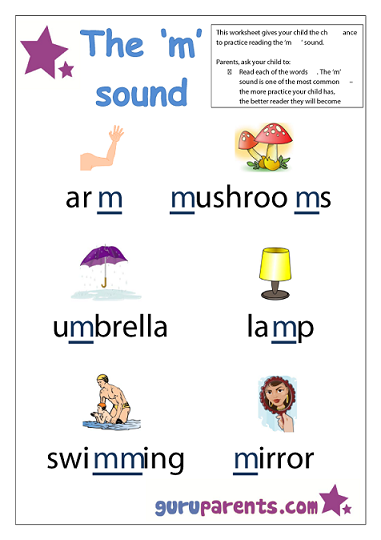 For example, a kilogram Katch Moss will “sing” to its owner for at least a day. The power reserve of the system is also very personal - each emitter produces 25 watts.
For example, a kilogram Katch Moss will “sing” to its owner for at least a day. The power reserve of the system is also very personal - each emitter produces 25 watts.
See also: JBL Charge 3 is the most popular portable acoustics: 5 body shades and 5 features of the device
Klipsh
Like the previous manufacturer in the rating, this company is also known for Hi-End equipment. Founded in 1946, it is one of the few acoustic brands in the world. However, it produces a wide range of options of different cost and purpose. In any case, Klipsh is the "higher mathematics" of sound.
Even compact systems impress with high power. For example, for the Reference R-4B soundbar, it is 250 watts. A three-way system can be connected via bluetooth. The company equips the speakers with dome-shaped tweeters, so the level of detail of the speaker systems will please even music lovers who are demanding on sound. Still would! Indeed, according to a similar principle, monitor acoustics are made, which are used in recording studios to mix compositions. It is this “tweeter” that is installed in the 150-watt passive stereo pair Reference R-24F - the best option even for picky people.
It is this “tweeter” that is installed in the 150-watt passive stereo pair Reference R-24F - the best option even for picky people.
Yamaha
The Japanese corporation was founded in 1887. This company is the oldest resident among the rating brands. Yamaha is one of the best manufacturers of musical instruments. To buy acoustic systems of this brand means to pay for the most luxurious, purest and dense sound, which will delight you with naturalism and detail.
Interesting : in addition to musical devices, the brand produces household appliances, sports goods and even industrial robots.
What makes the speakers of this brand attractive
The variety is off scale. Yamaha produces all kinds of speaker systems, among which anyone can find an option to their taste. It produces the most powerful sets - home five-channel cinemas with a separate subwoofer. NS-PA40 is just that. It produces two hundred watts of sound and allows you to fully immerse yourself in the plot of a game or movie. And listening to orchestrations on such speakers will give you new sensations.
And listening to orchestrations on such speakers will give you new sensations.
The engineers of this company also cater to lovers of classic high-quality stereo sound. Even compact "shelf speakers" will sound super powerful. For example, the NS-333 stereo speakers output 120 watts. With them, you can hear even those sounds that were not noticeable before. Thanks to the dome tweeter for that. A similar speaker design is used in studio monitor stereo systems, so this option is quite useful for preliminary mixing of an audio track. By the way, to save space, the speakers do not have to be placed on a shelf: they can be hung on the wall.
What else to read: TOP 10 best MP3 players
It is difficult to say unequivocally which acoustics is better, which manufacturer takes first place in the ranking. It all depends on preferences. For demanding audiophiles, lovers of Hi-Fi and Hi-End systems, devices from cult companies such as Dali, Yamaha, JBL or Klipsh are suitable.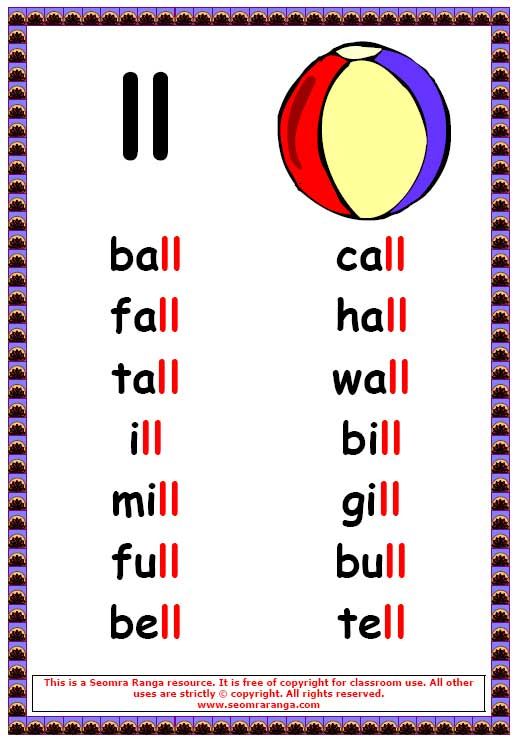

 Petersburg
Petersburg 

